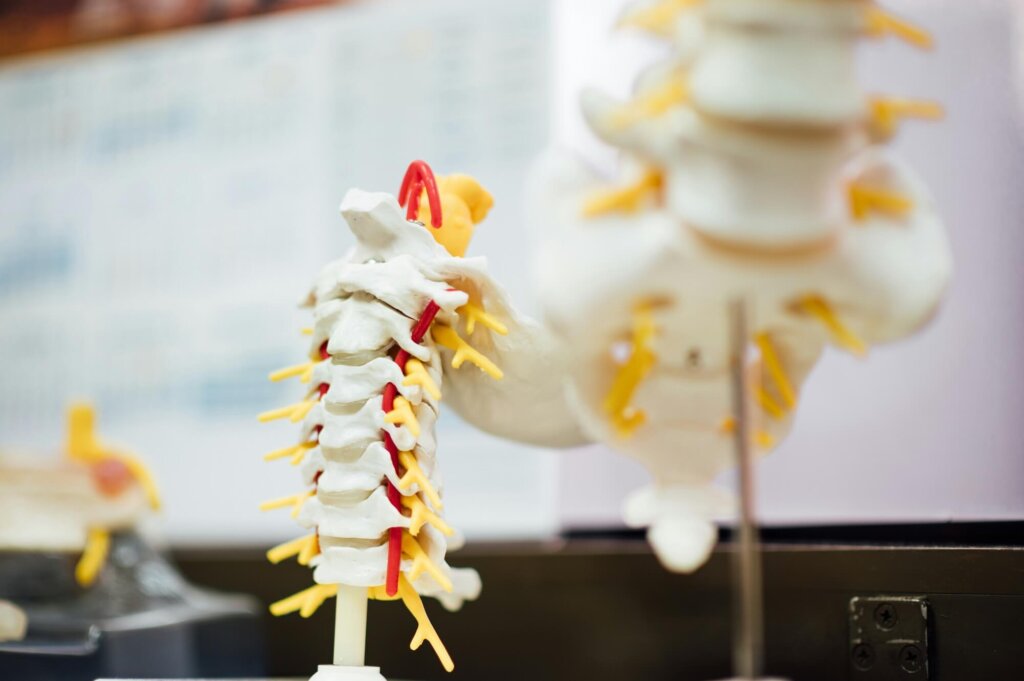Success Story
Helping Paralyzed Patients Regain Independence
Neurology
Spinal cord stimulation is also being tested in stroke recovery, bladder control problems and Parkinson’s disease.
The spinal cord connects the brain to the rest of the body. Injuries to the spinal cord interrupt communication to the motor neurons, leading to paralysis. Restoring the connection between the brain and the spinal cord with a wireless digital bridge to restore natural control of movement is at the heart of the research of Grégoire Courtine of the EPFL, who has published several articles in top journals such as Nature and Science. He and his neurosurgeon partner, Jocelyne Bloch, from CHUV, were included in Time Magazine’s 2024 list of the 100 most influential people in healthcare.
“The core of our project is spinal cord stimulation to help people regain movement and also to improve bodily functions such as maintaining blood pressure”, he says. Achieving this is highly complex and involves several steps. “Choosing the electrode array for a given patient, finding the best location in the spinal cord to position it and programming the stimulation post-operatively are all steps that need to be personalized”, he explains.

“When patients get up, they have hypotension, they feel unwell. With electrical spinal cord stimulation, we can restore normal blood pressure levels”
The precise location for the array is found using personalized computational models derived from MRI scans. After surgery, stimulation parameters such as electrode positioning and intensity are fine-tuned individually for each patient using advanced machine learning techniques developed with support from PHRT. And to effectively support walking and other movements, the spinal stimulation is synchronized with the patient’s intended actions by using motion sensors on their legs or brain implants that can read off their intended movements.
Courtine started implanting patients together with Jocelyne Bloch in 2016. The PHRT grant, which began in 2022, has benefited several patients. “Specifically, the grant has helped two people with tetraplegia to regain upper limb function, we’ve assisted three people with spinal injuries to walk again, we’ve treated two patients with Parkinson’s disease, and we’ve helped individuals manage blood pressure problems.” A common problem for people who suffered a spinal-cord injury is that the brain can no longer control blood pressure. “When patients get up, they have hypotension, they feel unwell, their lives are miserable. With electrical spinal cord stimulation, we can restore normal blood pressure levels”, says Courtine.
Originally focused on para- and tetraplegic patients, the technique is now also being used in conditions such as stroke recovery, bladder control problems and Parkinson’s disease where patients often lose the ability to walk in the later stages of the disease.
Courtine, through his company Onward Medical, is currently planning trials in the US and Europe. “They represent essential steps towards commercializing our implantable stimulators and making the therapy widely available”, he says. At present, therapy is time-consuming and labour-intensive. “Configuring the stimulation requires significant expertise and effort from specialists. Our goal is to use AI to automate the initial setup and fine-tuning, making this revolutionary therapy accessible for all patients to help them manage at home and regain an independent life.”
